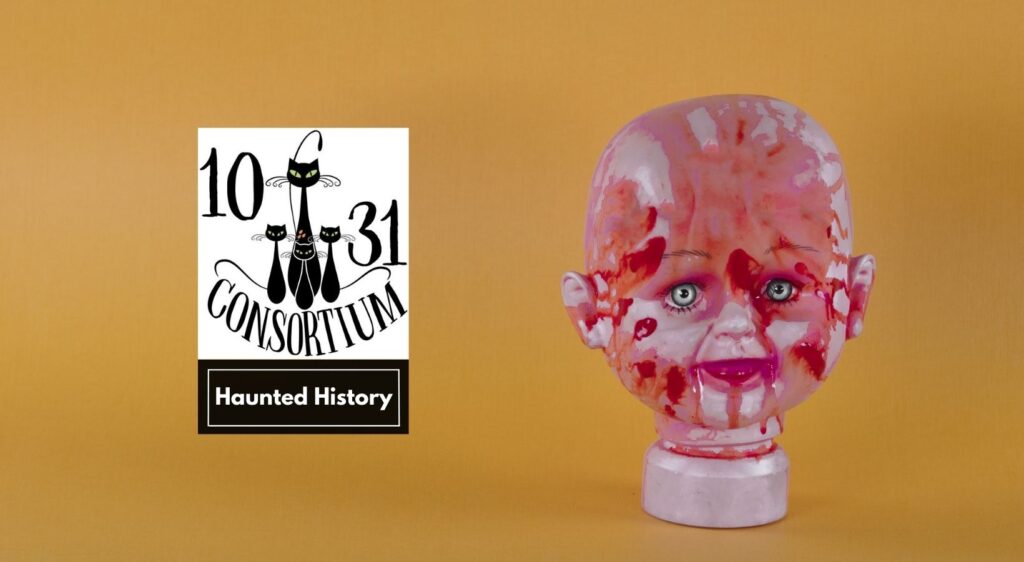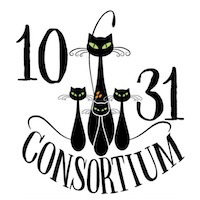Embark on a chilling journey through the haunted history of Baton Rouge, LA, as we delve into the mysterious tales surrounding Highland Cemetery, Magnolia Cemetery, and Sweet Olive Cemetery.
Highland Cemetery: A Tapestry of Time
History: Highland Cemetery, established in 1817, stands as one of Baton Rouge’s oldest burial grounds, weaving a rich tapestry of history within its wrought-iron gates. Originally serving as the final resting place for prominent figures and Civil War soldiers, Highland Cemetery is a testament to the city’s evolution.
Oldest Graves and People of Interest: Among the ancient oaks and moss-draped tombstones lie the oldest graves, dating back to the early 19th century. The cemetery houses the final resting places of notable individuals like General Philemon Thomas, a hero of the War of 1812, and Judge Thomas Gibbes Morgan, a key figure in Louisiana’s legal history.
Current State: While Highland Cemetery boasts a tranquil atmosphere, its aging monuments and crumbling tombs contribute to an otherworldly ambiance. Preservation efforts continue, but the passage of time has left an indelible mark on this historic burial ground.
Paranormal Activity: Visitors often report ghostly apparitions, mysterious lights, and unexplained sounds echoing through the cemetery’s ancient oaks. Some believe these phenomena are connected to the restless spirits of soldiers and prominent citizens who find no peace in the afterlife.
Magnolia Cemetery: Where History Meets Mystery
History: Established in 1852, Magnolia Cemetery unfolds the pages of Baton Rouge’s history, providing a final resting place for a diverse array of citizens. The cemetery’s layout reflects the social structure of the 19th century, with distinct sections for various ethnic and religious groups.
Oldest Graves and People of Interest: Magnolia Cemetery holds the graves of Civil War soldiers, yellow fever victims, and influential locals. The oldest tombstones date back to the mid-1800s, offering a glimpse into the lives of those who shaped Baton Rouge. Notable burials include Joseph Jones, a Confederate general, and architect James Harrison Dakin.
Current State: While some sections of Magnolia Cemetery boast well-preserved plots, others succumb to the ravages of time and neglect. Efforts to restore and maintain the cemetery are ongoing, but the atmospheric decay only adds to the haunting allure.
Paranormal Activity: Whispers of ghostly figures wandering among the mausoleums and spectral lights dancing in the night have earned Magnolia Cemetery a reputation for paranormal activity. Visitors often share stories of encountering shadowy apparitions and feeling an unexplained chill in the air.
Sweet Olive Cemetery: Echoes of African American Heritage
History: Established in 1822, Sweet Olive Cemetery holds a unique place in Baton Rouge’s history as a burial ground dedicated primarily to the African American community. Amidst the Spanish moss-draped oaks, this cemetery stands as a testament to the struggles and triumphs of African Americans in the South during the 19th and early 20th centuries.
Oldest Graves and People of Interest: The cemetery’s oldest graves date back to the 1820s, serving as the final resting place for freed slaves, community leaders, and prominent African American figures. Notable individuals interred in Sweet Olive include pioneers in education, civil rights activists, and those who contributed significantly to the cultural and social fabric of Baton Rouge.
Current State: Sweet Olive Cemetery reflects both the resilience of the African American community and the challenges faced over the years. While efforts have been made to preserve and honor this sacred space, some areas require ongoing restoration to ensure the historical significance endures.
Paranormal Activity: As visitors explore Sweet Olive Cemetery, they often speak of encounters with spirits connected to the African American experience. Tales of ghostly apparitions, whispers of the past, and an ethereal atmosphere enhance the cemetery’s mystique, offering a unique perspective on the afterlife within the context of African American heritage.

